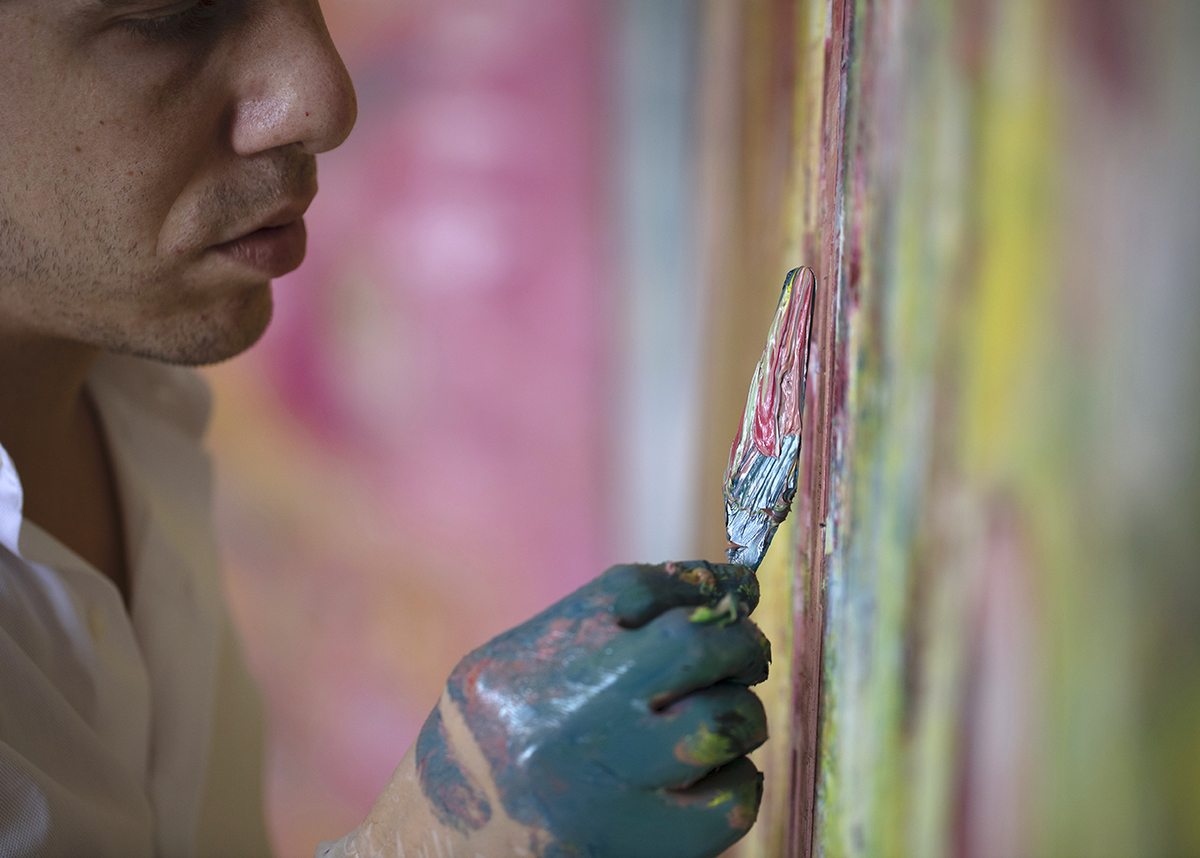
Sassan Behnam-Bakhtiar’s technique involves painstakingly applying layer upon layer of paint
Sassan Behnam-Bakhtiar’s body of exuberant, multi-layered paintings, created with a signature technique that sees each point on the canvas scraped and remixed hundreds of times, tell a story of his land of birth, France, and his family homeland of Iran. Ahead of his upcoming show Extremis at the Setareh Gallery in Düsseldorf, Rachel Spence speaks to the French-Iranian artist about beauty and turbulence
With their radiant, Mediterranean palette and shimmering pyramids of brushstrokes, many of Sassan Behnam-Bakhtiar’s paintings strike the viewer as praise songs to life in all its natural beauty.
Entirely in oil, and all abstract, his signature style is the result of a scrupulous and lengthy technique; each one requires months to complete. “I work with a lot of different types of paint,” he tells me. “I have to get the consistency right, place the paints layer by layer next to each other, let them get absorbed, then scrape them off and repeat the process about 500 times.” Look closely at his paintings and you see that sometimes the paint is less scraped than shaved.
Follow LUX on Instagram: luxresponsibleluxury
Painted in glowing Fauvist colours – raspberry, azure, lemon, rose pink and sunset yellow are dominant, although black occasionally intrudes – the effect is that of a flickering mosaic assembled from fragments of stained glass. In many of his paintings there are shimmering outlines of shapes and figures emerging from the background, often open to interpretation – is that a tree, a boat, two women? His technique means each change of colour, and hint of a figurative shape, is the result of a slight change in layering of a spot on the canvas.
In his studio in the south of France, Behnam-Bakhtiar’s latest works, to be shown at a solo exhibition at the Setareh Gallery in Düsseldorf this autumn, “are my story in reality”, he says. Propped up on the walls, an explosion of colour and joy, they also hide symbols from his past and his countries – he considers himself a French-Iranian artist, rather than taking the identity of his cultural homeland wholesale. In one, a pomegranate tree, rich in cultural symbolism, emerges from a blaze of scraped-oil colours.
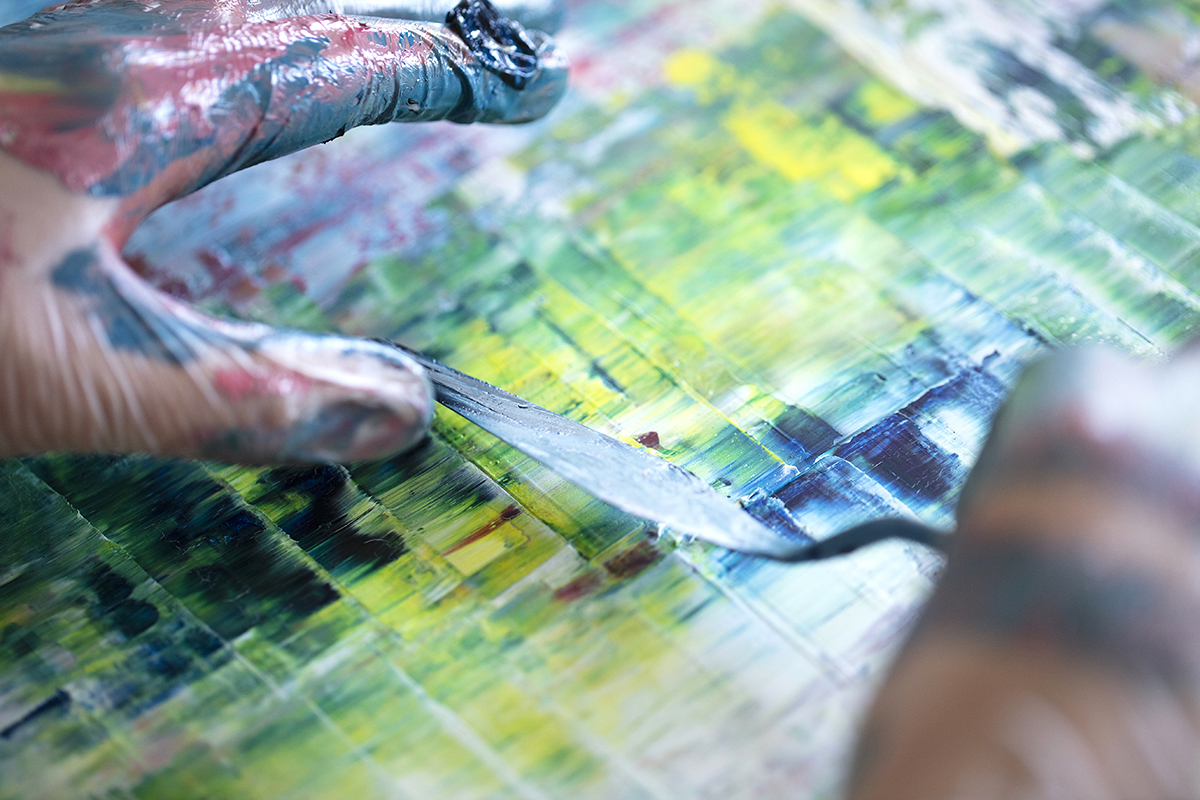
Sassan Behnam-Bakhtiar’s most recent works resemble a flickering mosaic of colour
The studio looks out over the most perfect of settings, the garden dropping down towards a view of the harbour at Saint-Jean-Cap-Ferrat, yachts floating on the water with their wealthy owners inside, the mountains of the Alpes-Maritimes rising sharply in the background.
Behnam-Bakhtiar’s images make the spirits soar, as does the location in which he is speaking to us. But they hide a story that is more painful than might first be imagined.
Behnam-Bakhtiar’s history is entwined with his French land of birth and his Iranian roots. Born in Neuilly-sur-Seine on the outskirts of Paris in 1984, he can trace his heritage back to Iran’s ancient Bakhtiari tribe. More recently, his great-uncle Shapour Bakhtiar was the last prime minister of Iran under the doomed regime of Mohammad Reza Shah, who was overthrown by the Islamic Revolution in 1979. Shapour Bakhtiar was murdered in Paris in 1991, allegedly by agents of the Islamic Republic of Iran that succeeded the Shah.
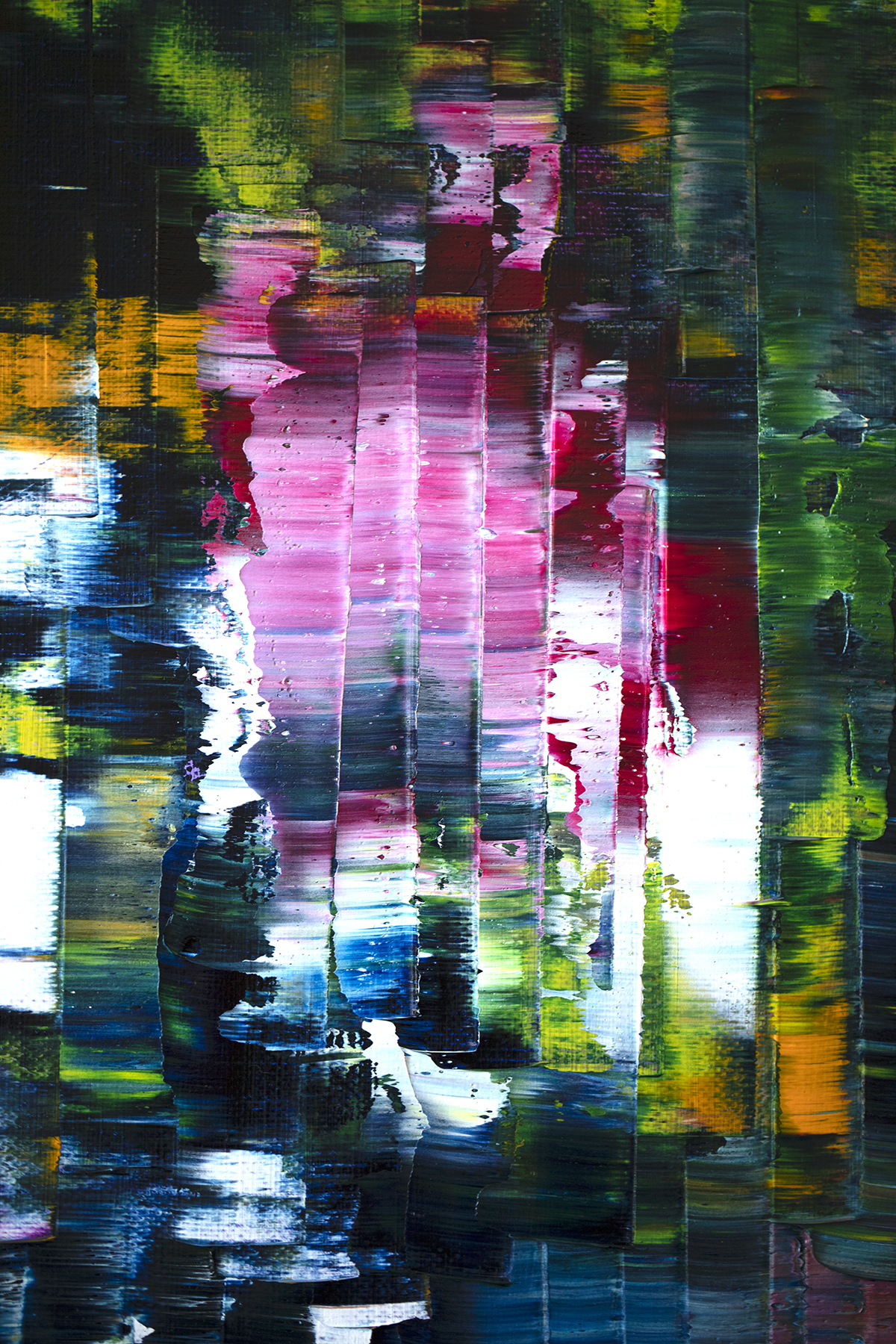
Like many Iranians of their generation, Behnam-Bakhtiar’s parents had left after the revolution. However, his mother went back with him to Tehran in 1994. Their return was troubled from the start.
“It was totally insane. There were forces in the street all the time. There were people outside [the house] trying to break down the walls.” Though he was then just a “typical French kid” suffering acute culture shock, he did his best to embrace his new home. “I started to speak Farsi and really tried to integrate myself as an Iranian.”
Coming from a creative family – both parents being artists – he wanted to be an artist too. As he learned about his homeland, he started “recording the jewels of my country” – the textiles, architecture, patterns, motifs and landscapes which have enriched Iranian culture for centuries. In those days, his chief tool was a camera and the photographs he took influenced collages made in the early part of his career.
Read more: OMM’s Creative Director Idil Tabanca on creating an art institution
But even as he fell in love with Iran’s visual bounty, Behnam-Bakhtiar was also discovering the country’s darker side. “From the age of 13 or 14, I was having to become the man of the family in Tehran,” he recalls. As he attempted to defend his home, the young artist found himself “many times” in trouble with the authorities.
At 19, he enrolled at the American University in Dubai. He double majored in information technology and finance, but he was “always studying art on the side”. Among the first works he showed, at an auction organised by the Magic of Persia foundation in Dubai in 2009, was a sculpture entitled Mitra. Inspired by “the feminine figures of Iran, the poets and singers, important people,” Mitra marked the embryo of a journey that would see Behnam-Bakhtiar devote himself to expressing “the real image of Iran and Iranians,” to counterpoint the myriad stereotypes of “bad people, terrorists with beards who shout ‘Allahu Akbar’ on the street.”
His commitment to truth-telling unfolded through early series such as A Reason to Fight (2013) and Aftermath (2014), which focused on the Iran-Iraq war. “It did very well, but many people were confused,” he recalls of paintings that aimed to pay homage to the young soldiers who defended “our identity”, but that also trespassed on the sensibilities of those who felt the war was best consigned to the history books.
Another series, The Real Me, from 2014, used bold collisions of Iranian patterns and iconic architecture with images of contemporary young people, including the artist himself in “extravagant situations”, for example, on the beach or enjoying cars and motorbikes.
By now, Behnam-Bakhtiar was living in Saint-Jean-Cap-Ferrat with his wife Maria Zakharchenko, following in the footsteps of a train of creative beau monde, including Jean Cocteau, Picasso and Matisse, who fell in love with the region’s spectacular light and abundant plants and flowers. Here, the couple, alongside Sassan’s brother Ali, set up the Fondation Behnam-Bakhtiar, which promotes artists of Iranian descent and Iranian culture.
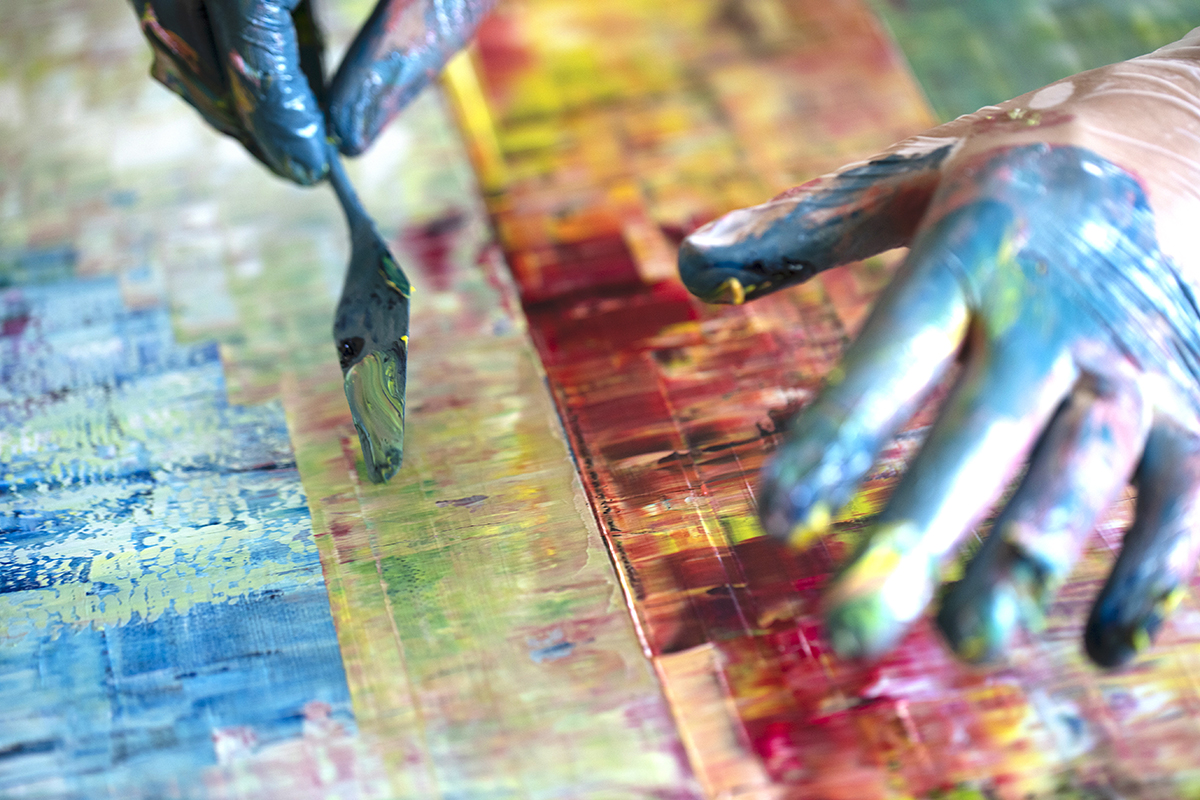
Yet despite the beauty around him, Behnam-Bakhtiar was, paradoxically, turning inwards towards an exploration of his own past. In part, the shift was prompted by a downturn in his health as a result of his youthful trauma.
“I felt really bad,” he remembers now, his voice dipping towards sadness. Fortunately, thanks to “valuable advice”, he pursued healing through techniques such as meditation and Qigong. As he recovered, he had “an awakening moment”, which helped him to “understand our inner beings, how we are connected to the energy that surrounds us and how, if we understand how to use [this energy] we can live a better life.”
Out of this came his 2017 series Oneness Wholeness, exhibited at the Saatchi Gallery, and the Villa Santo Sospir (once home to French artist Jean Cocteau), alongside works by Cocteau himself. The mixed-media paintings, with their scintillating strata of colours, evoke the sensation of a late Monet or Renoir were it to be left out in the sun to melt and drip down the canvas. They emerged out of Behnam-Bakhtiar’s effort “to paint the energy network that surrounds us”.
The new paintings, part of a show called Extremis, at Setareh Gallery, are more complex in their use of colour, light and form than any the artist has done before. He hopes they will evoke his own journey from darkness to light and he likens the new paintings to “shields of humanity”, which will inspire his audience to unlock their own powers of healing. “You have so much power and will inside yourself,” he insists. “If you focus on it and believe in it, visualise it, you can obtain it.” That manifesto for a better life seems to be working.
‘Extremis’ runs at the Setareh Gallery in Düsseldorf from 24 October. Find out more: setareh-gallery.com
Five other Iranian artists to watch
By Anna Wallace-Thompson
YZ Kami
The artist explores a Sufi-esque journey into the self through large-scale portraits. The subjects are at once ethereal and yet deeply personal, often appearing hazy, as if wrapped in a dream.
Farhad Moshiri
Nobody ever made a wall full of knives look this good – the original Iranian Pop artist combines biting social commentary with tongue-in-cheek references to contemporary culture and society.
Ali Banisadr
The Brooklyn-based artist grew up on the American West Coast, yet it’s the nightmarish dreamscapes of Hieronymus Bosch that have informed his figuratively abstract canvases.
Nicky Nodjoumi
Politics and power collide in these paintings – often with fragmented, fractious results. Dealing with the aftermath of revolution, Nodjoumi’s paintings take political dialogue to a new level.
Shirin Neshat
Arguably the most recognisable Iranian artist in the world, Neshat’s iconic monochrome aesthetic dominates striking photography works, while a poetic vision and delicate sensitivity encapsulate her films.
This article was originally published in the Autumn 19 Issue.
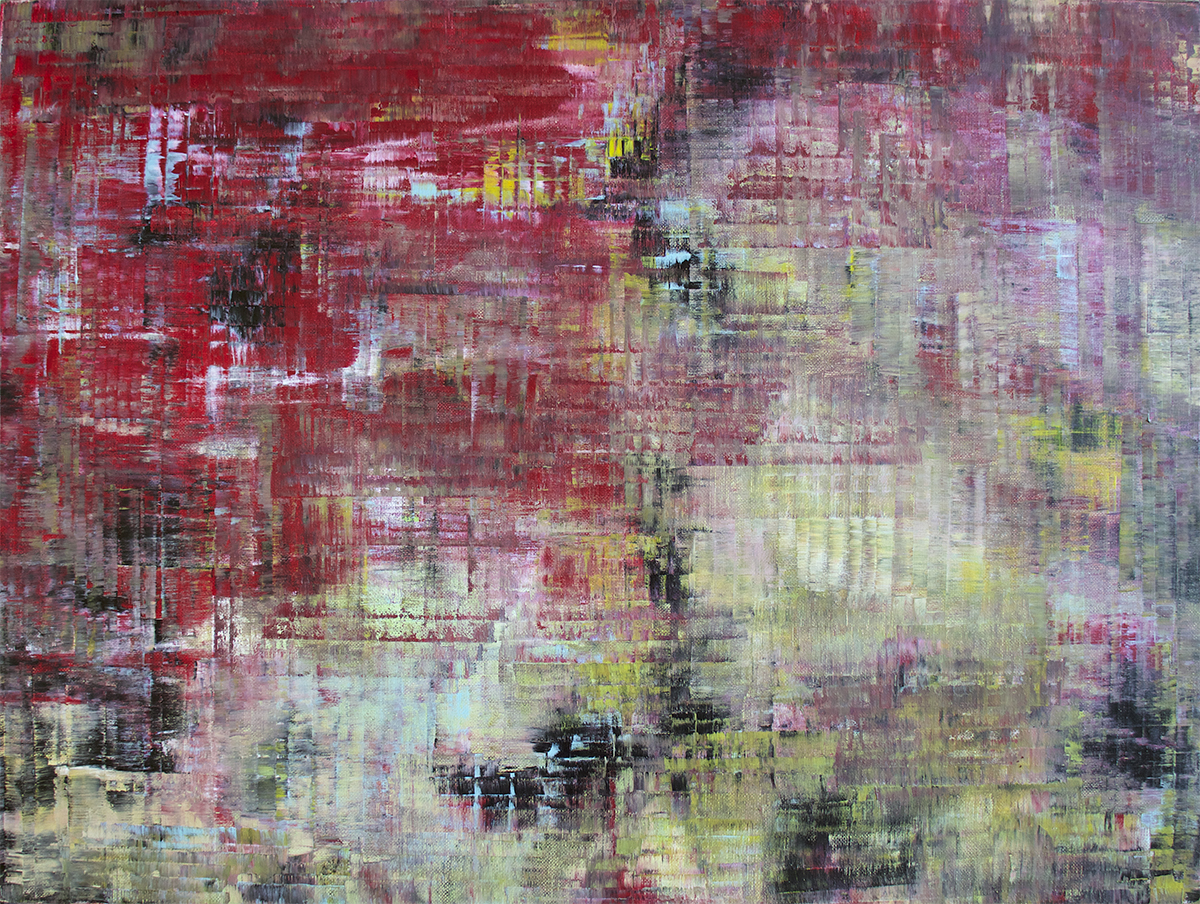
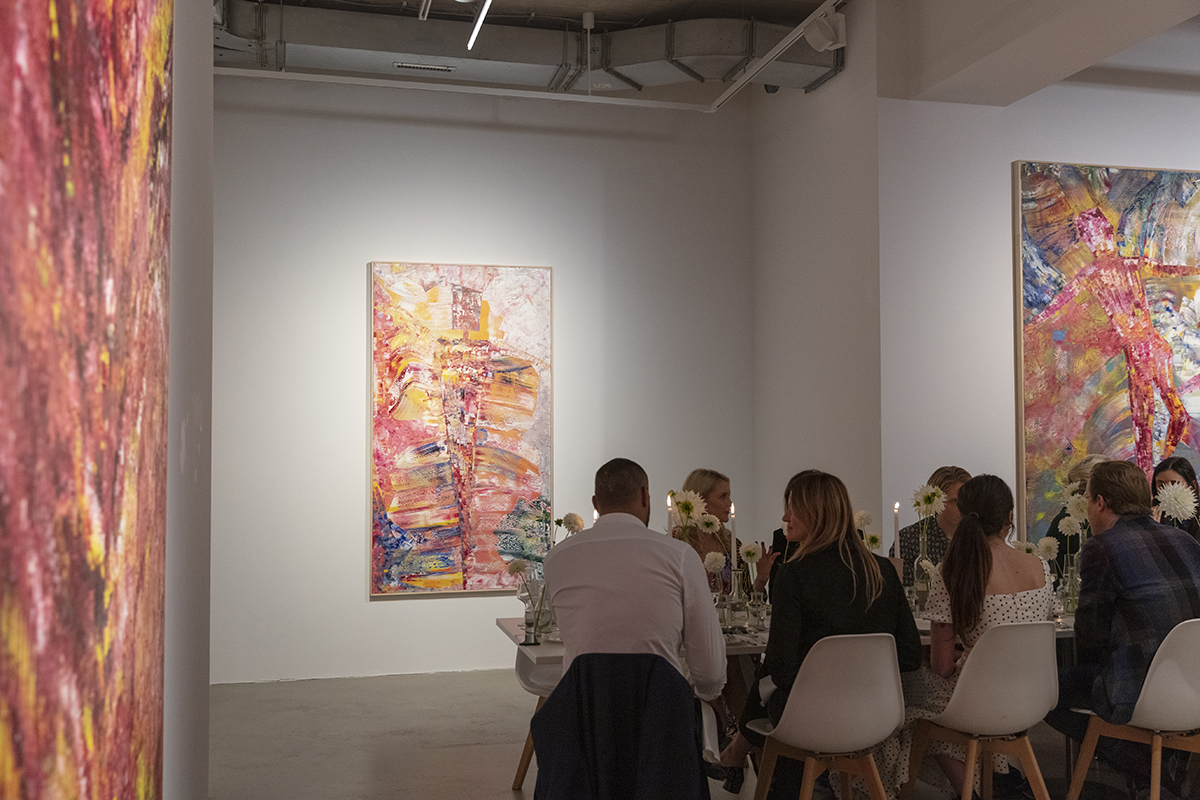
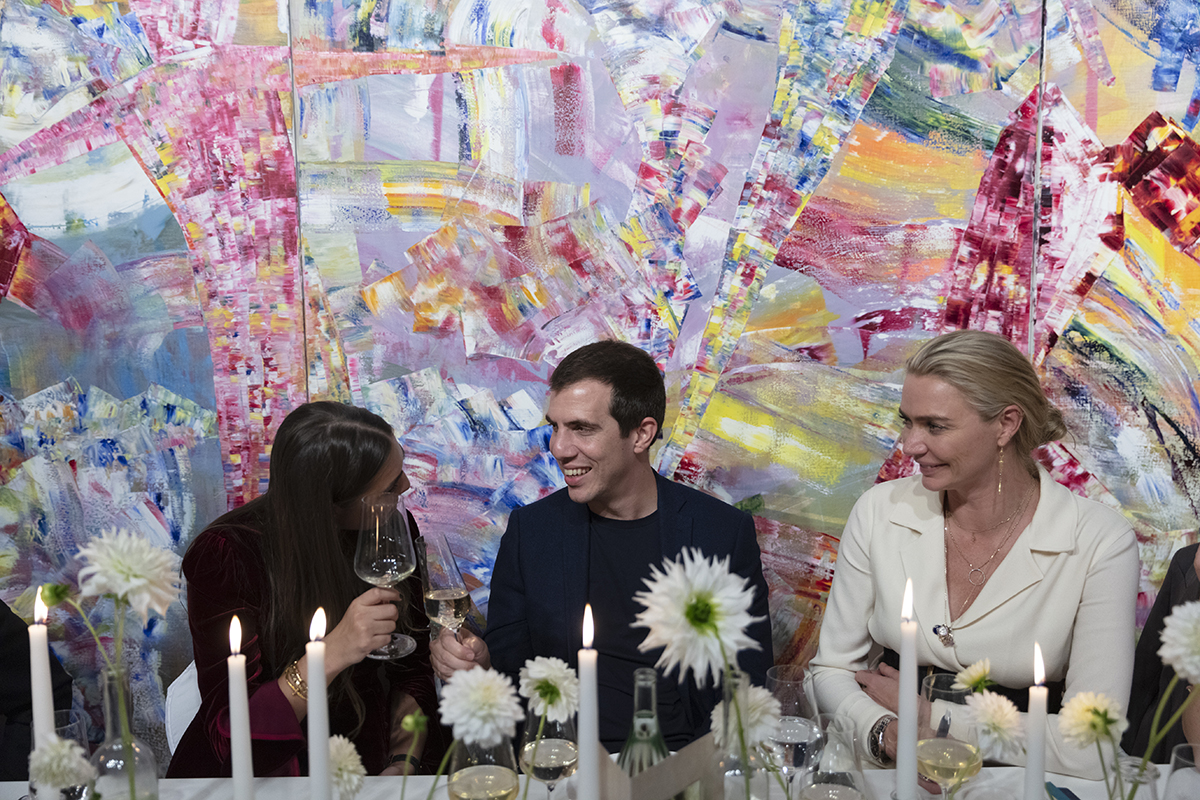
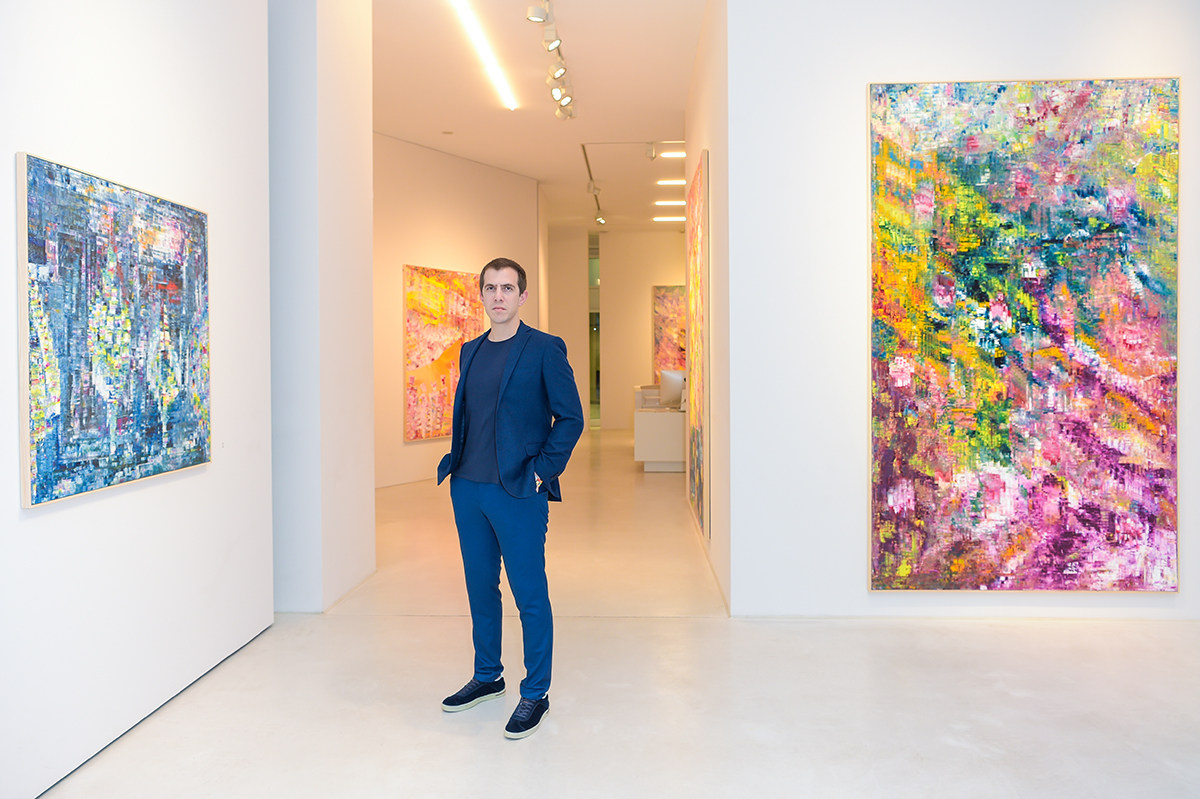
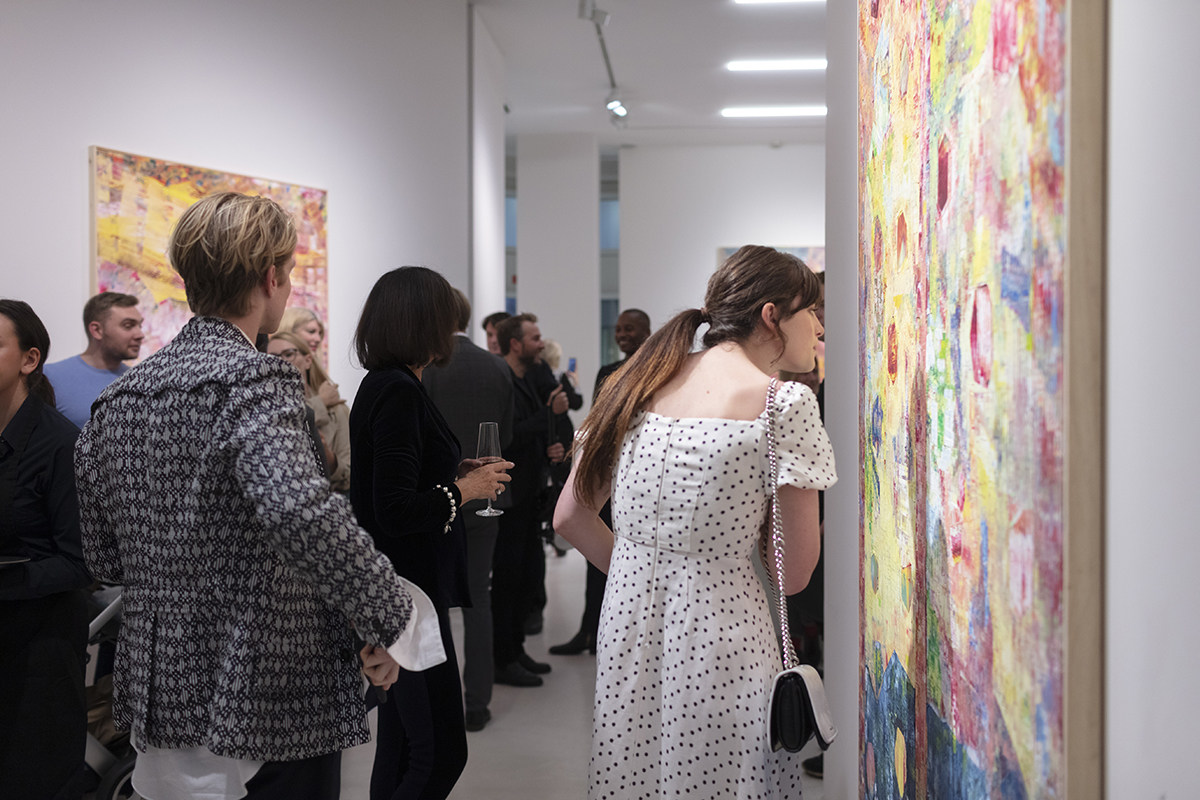
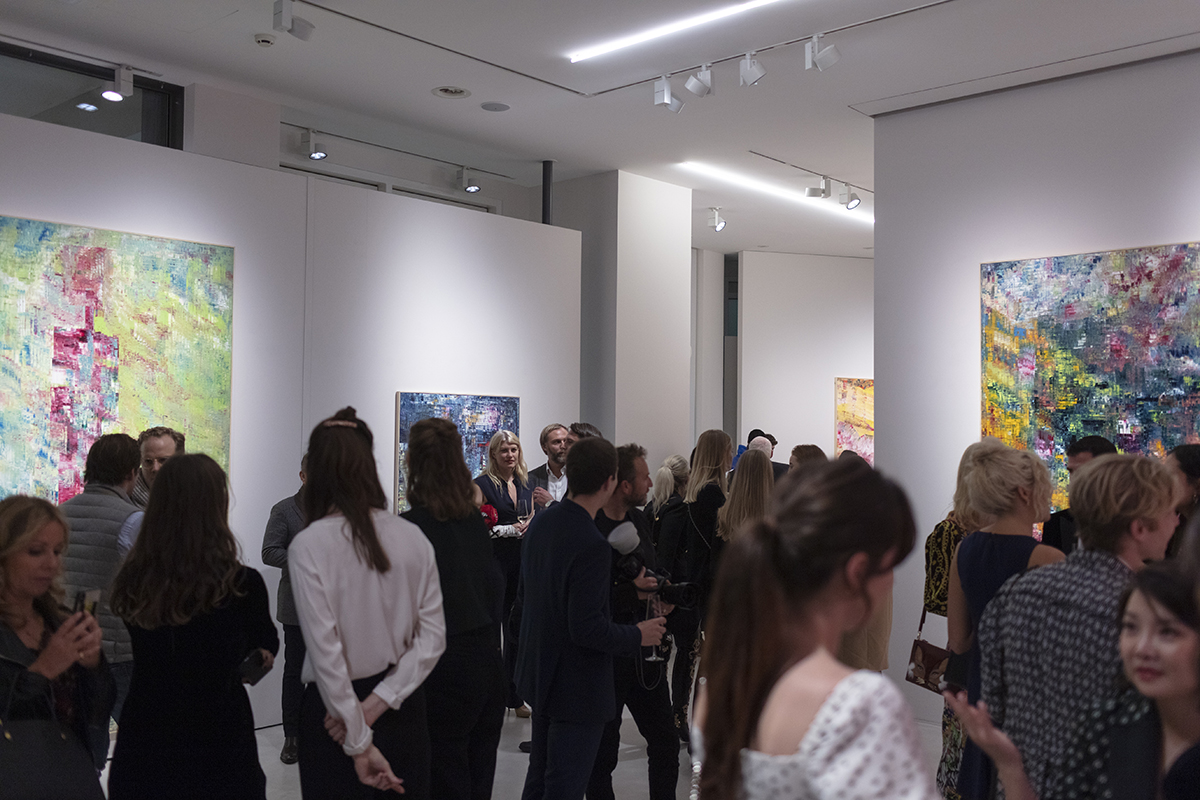
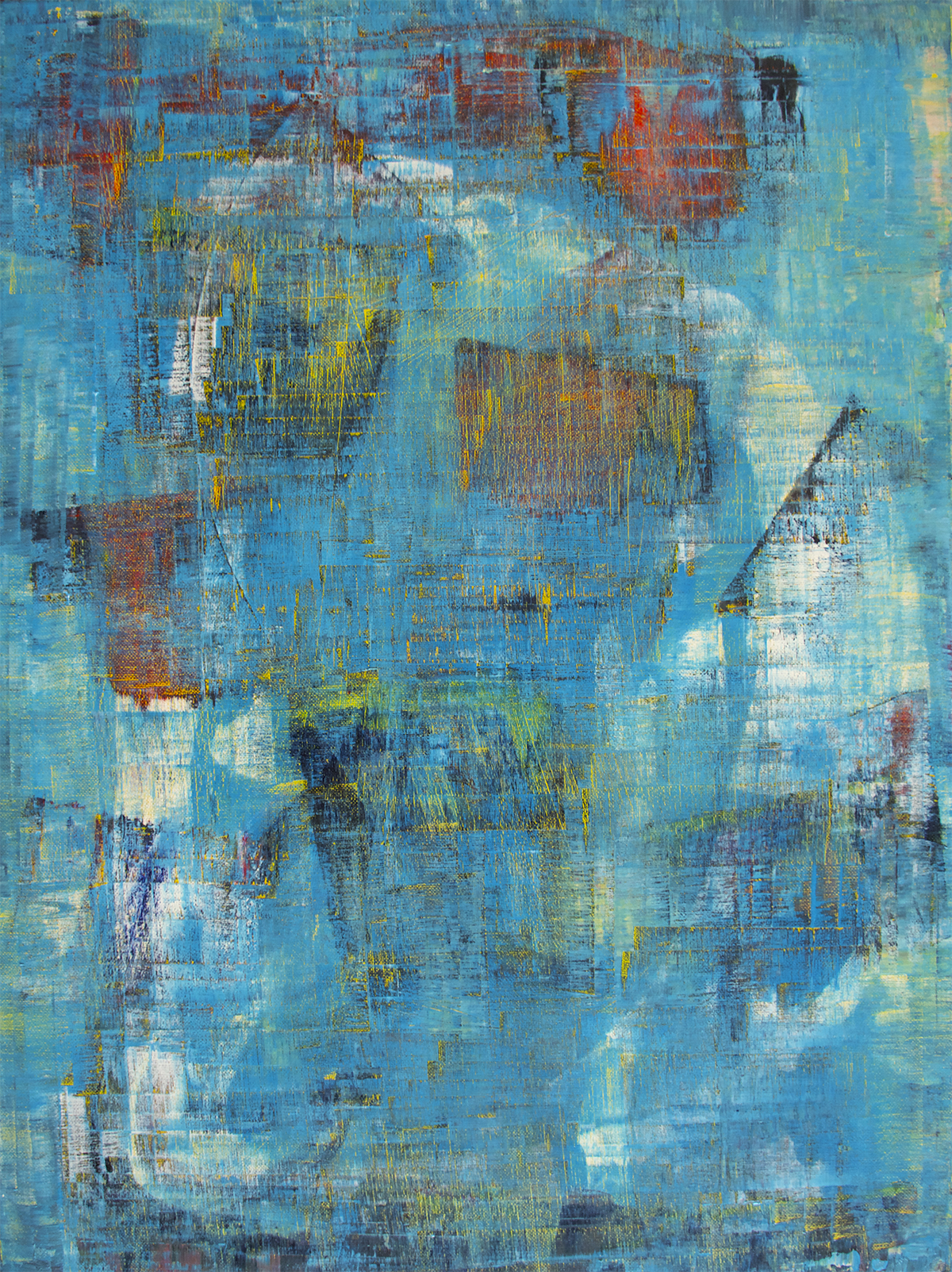
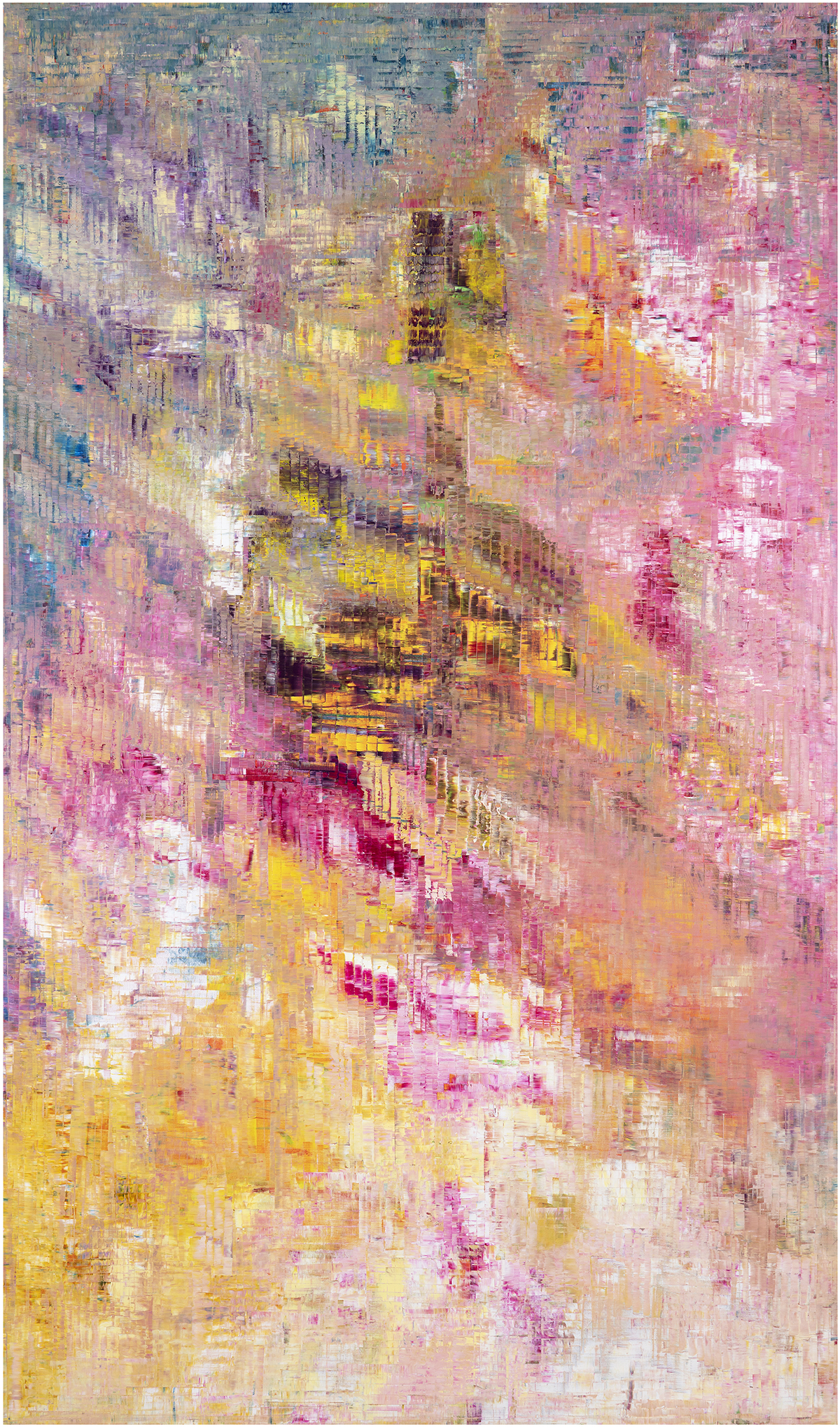

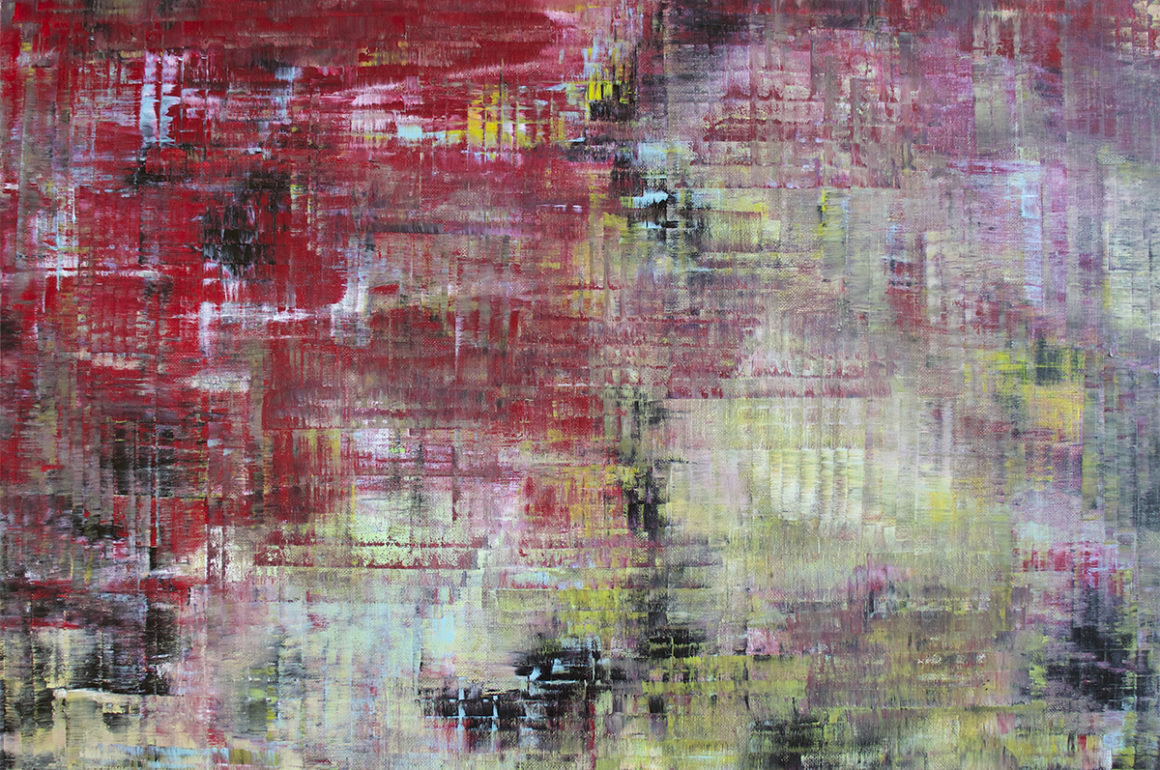
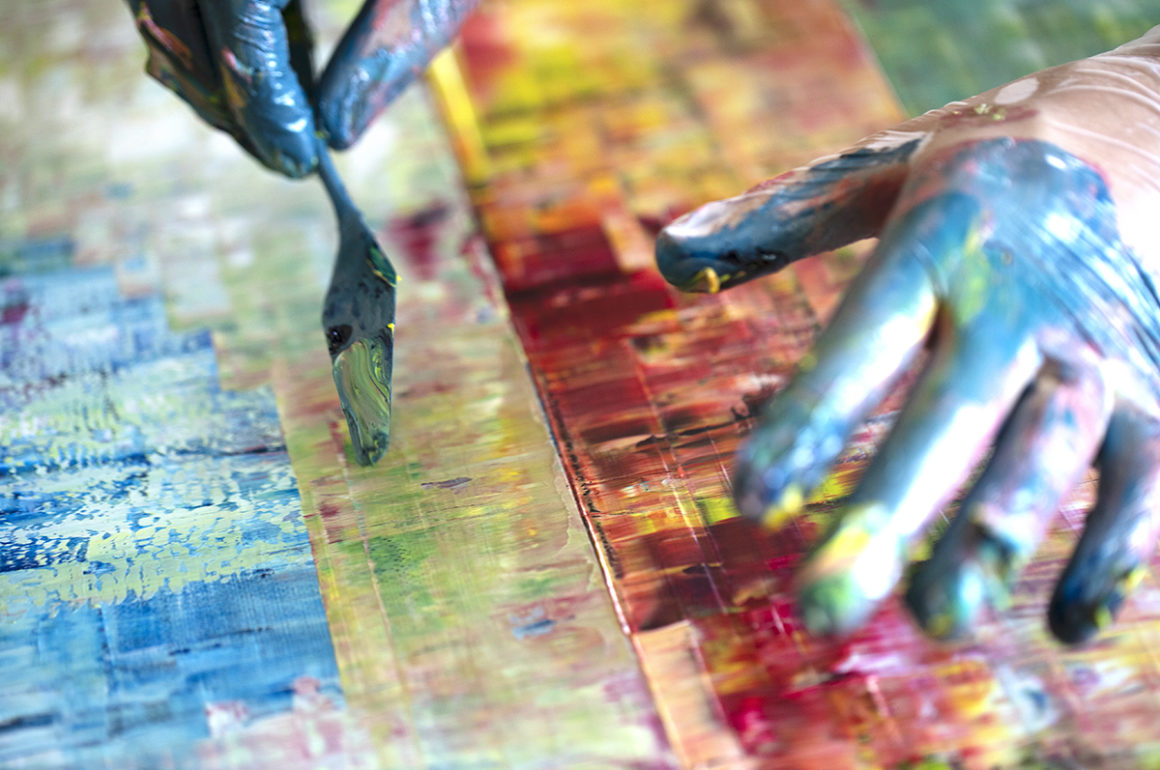




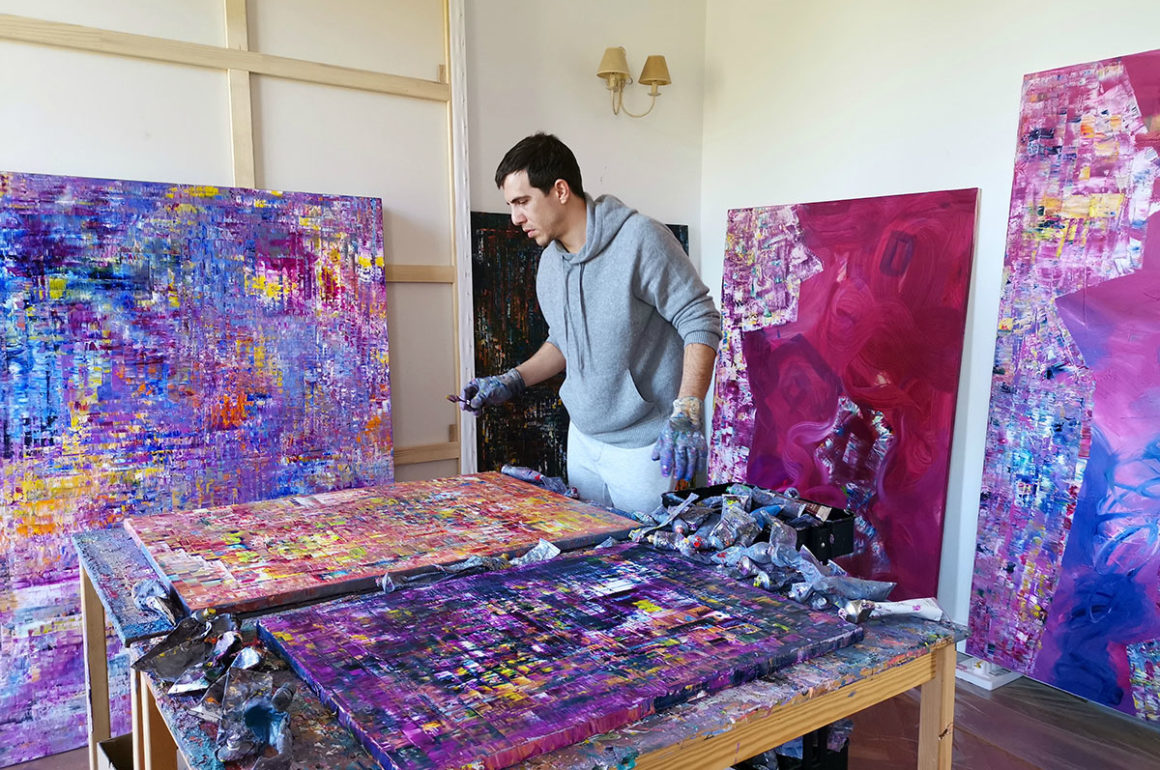
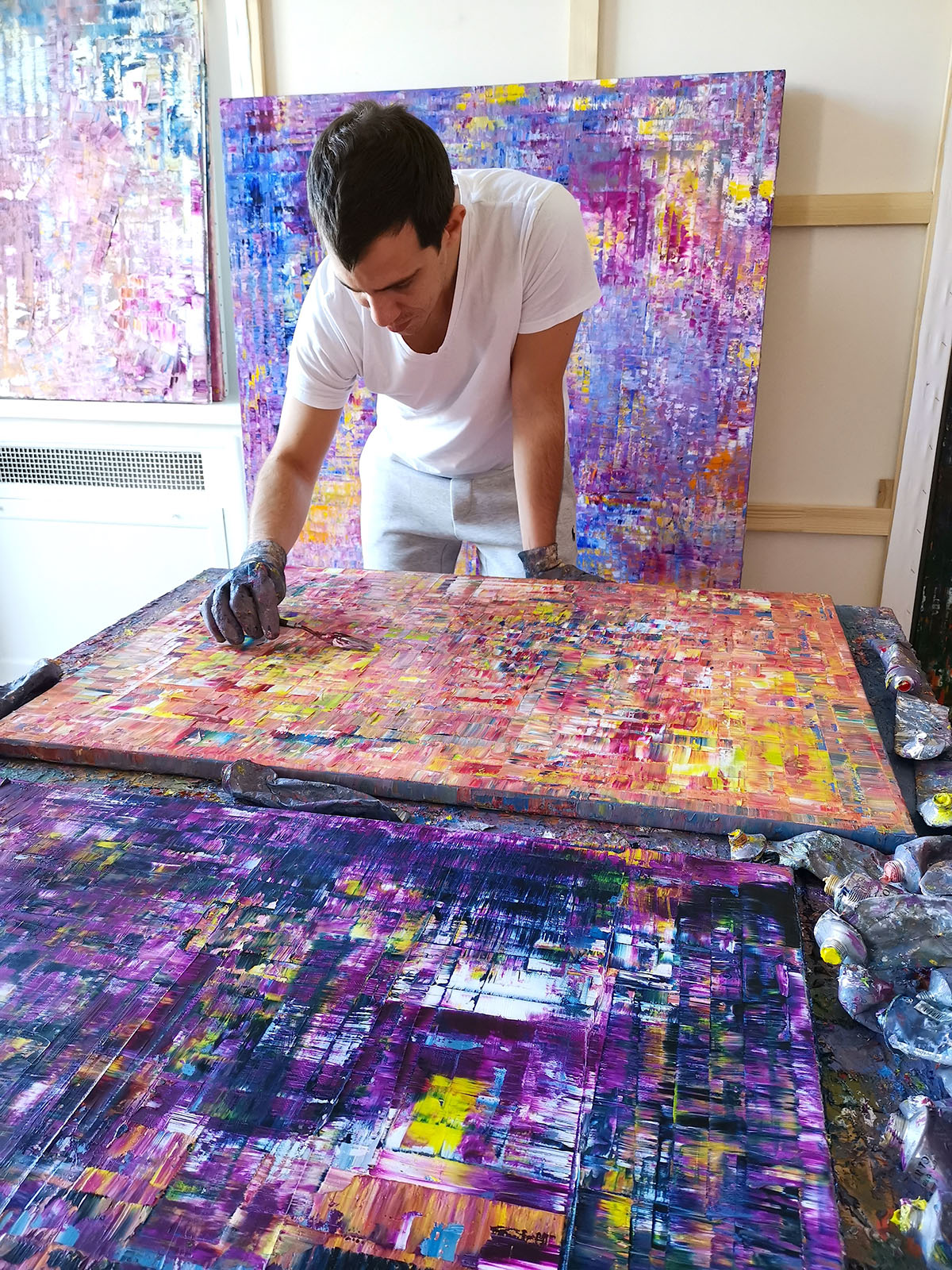
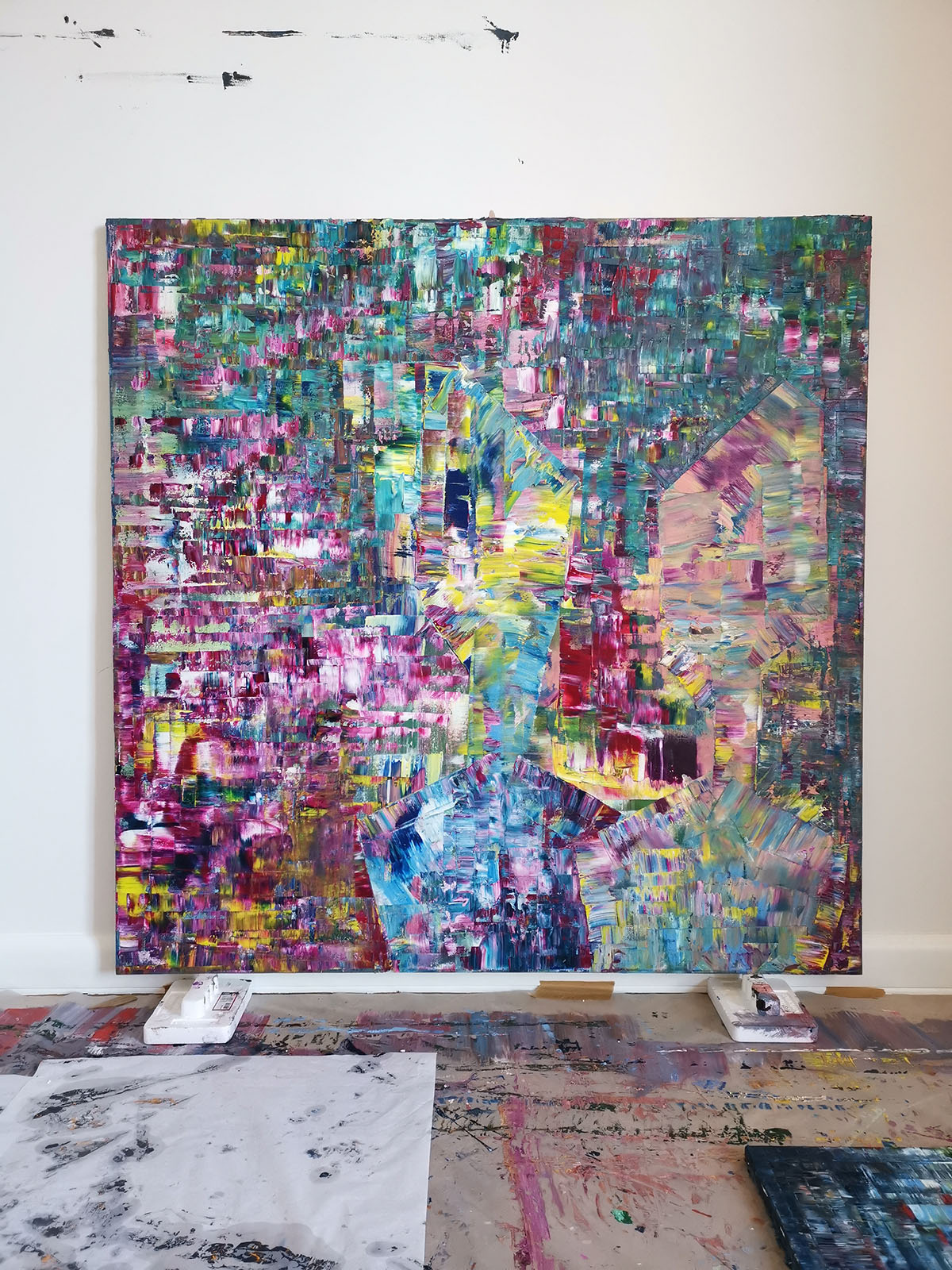
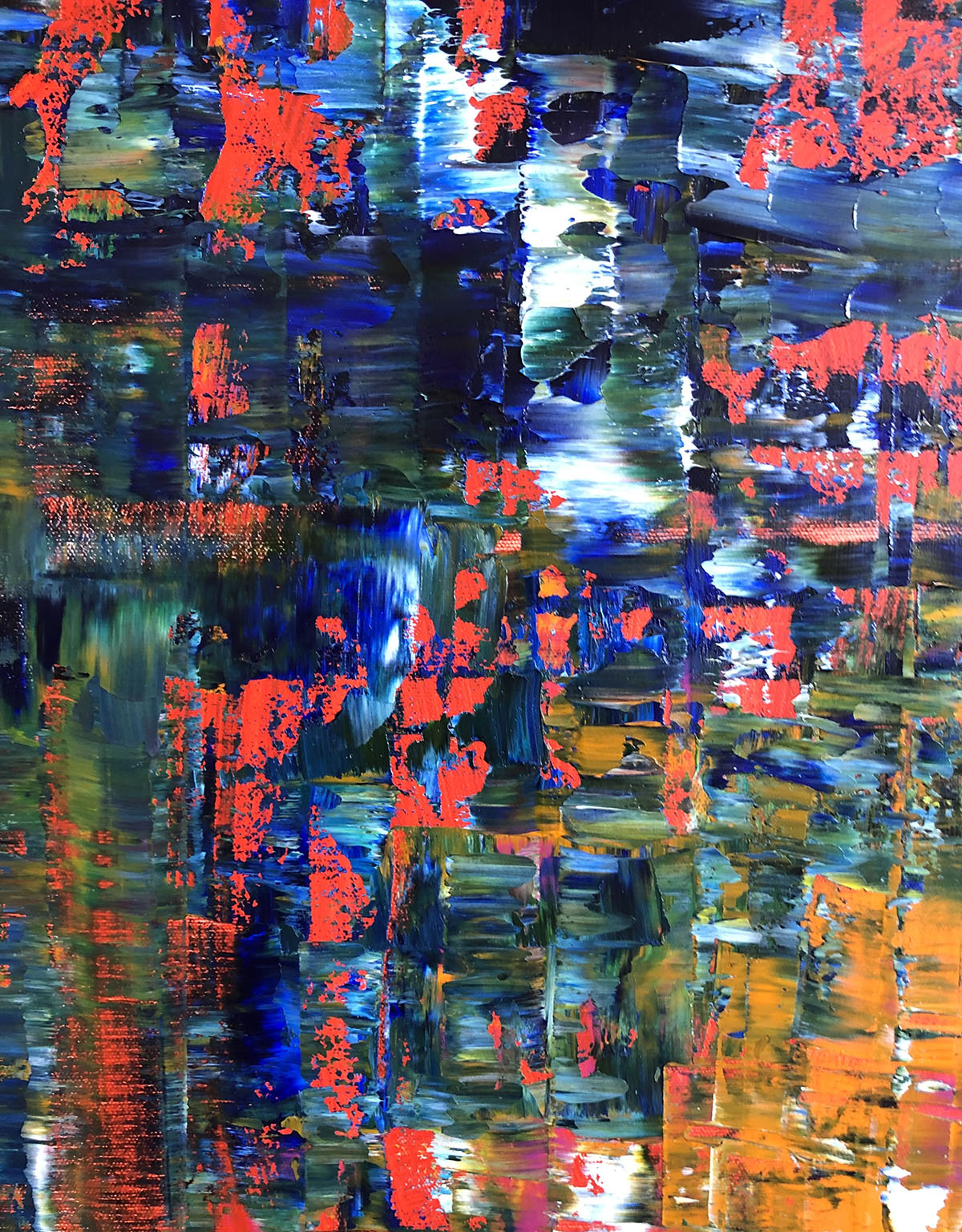
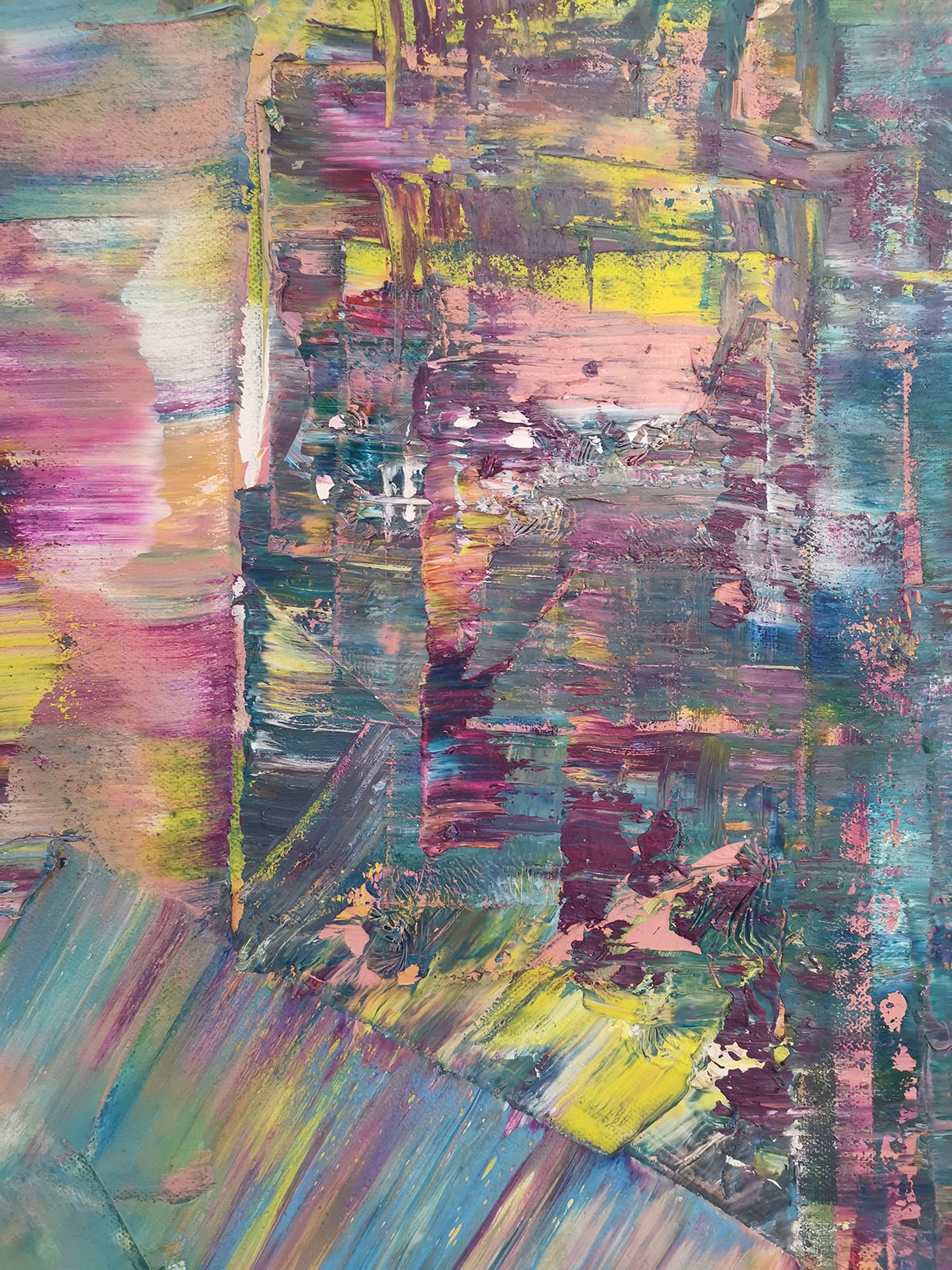
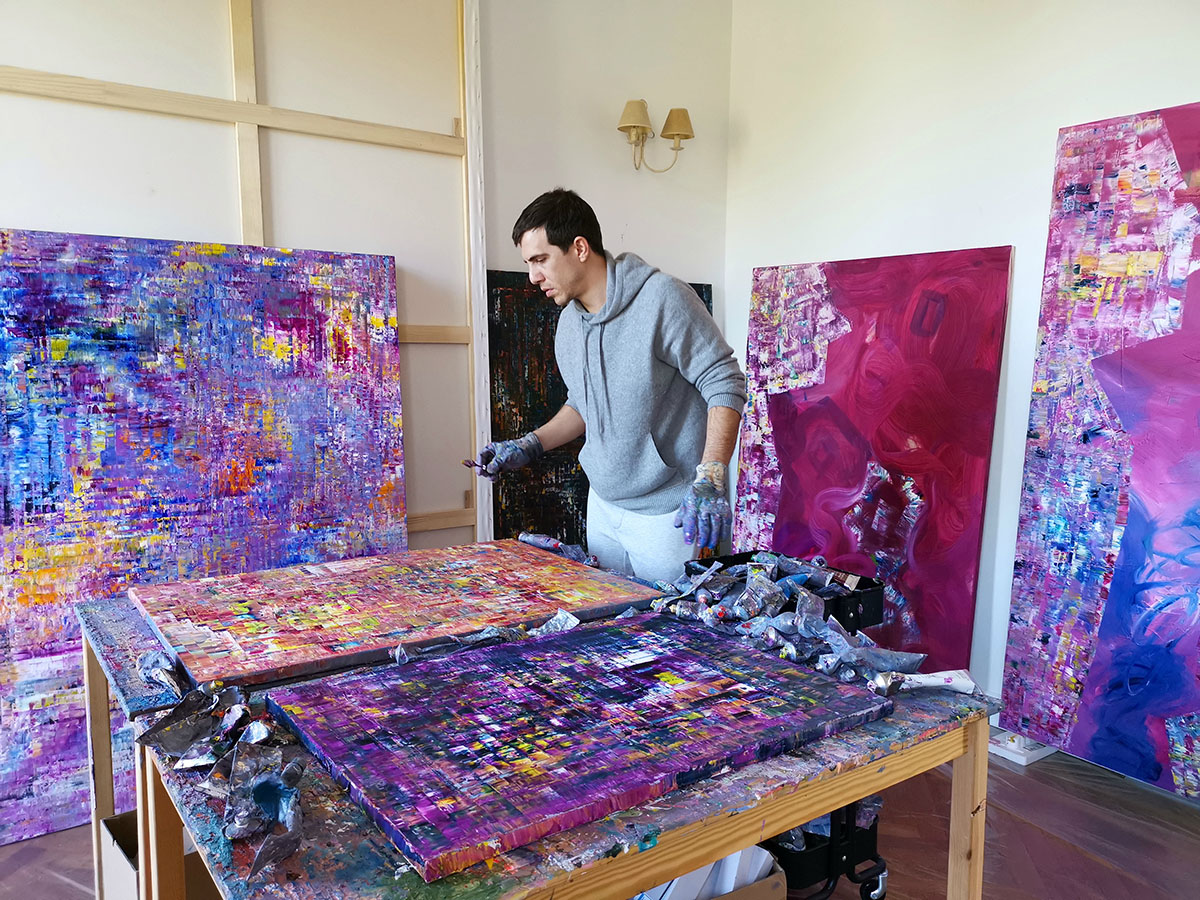
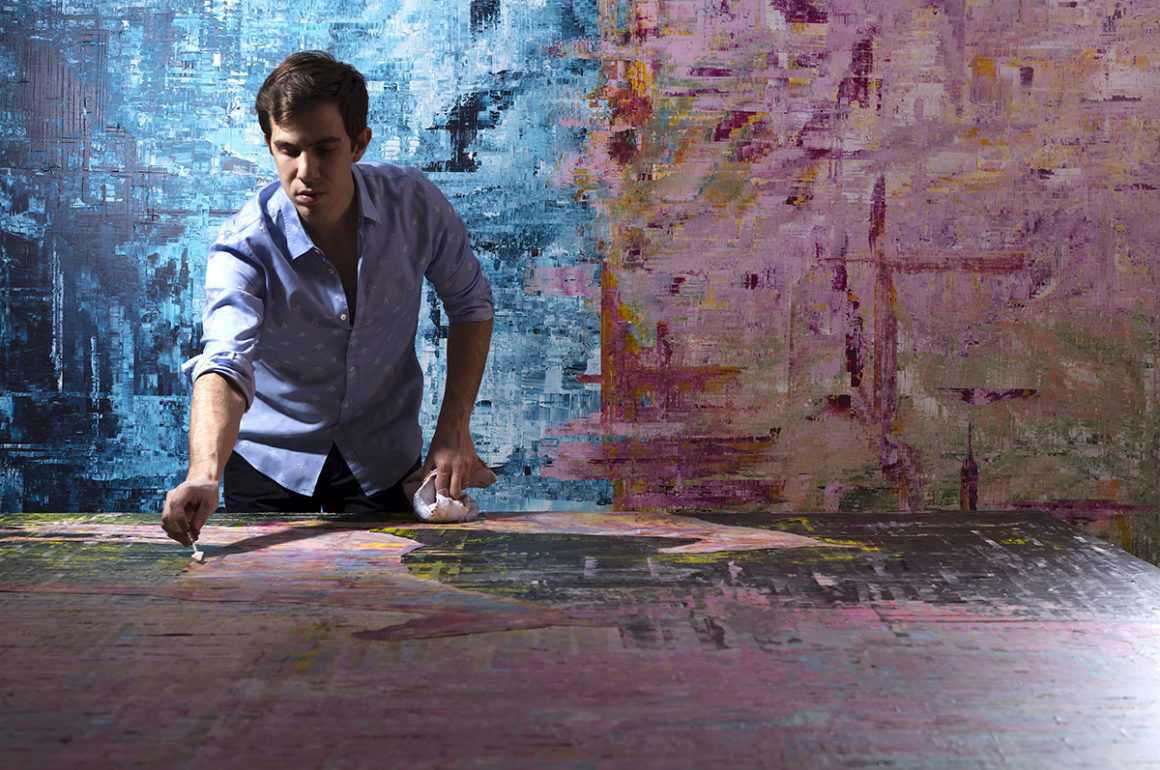
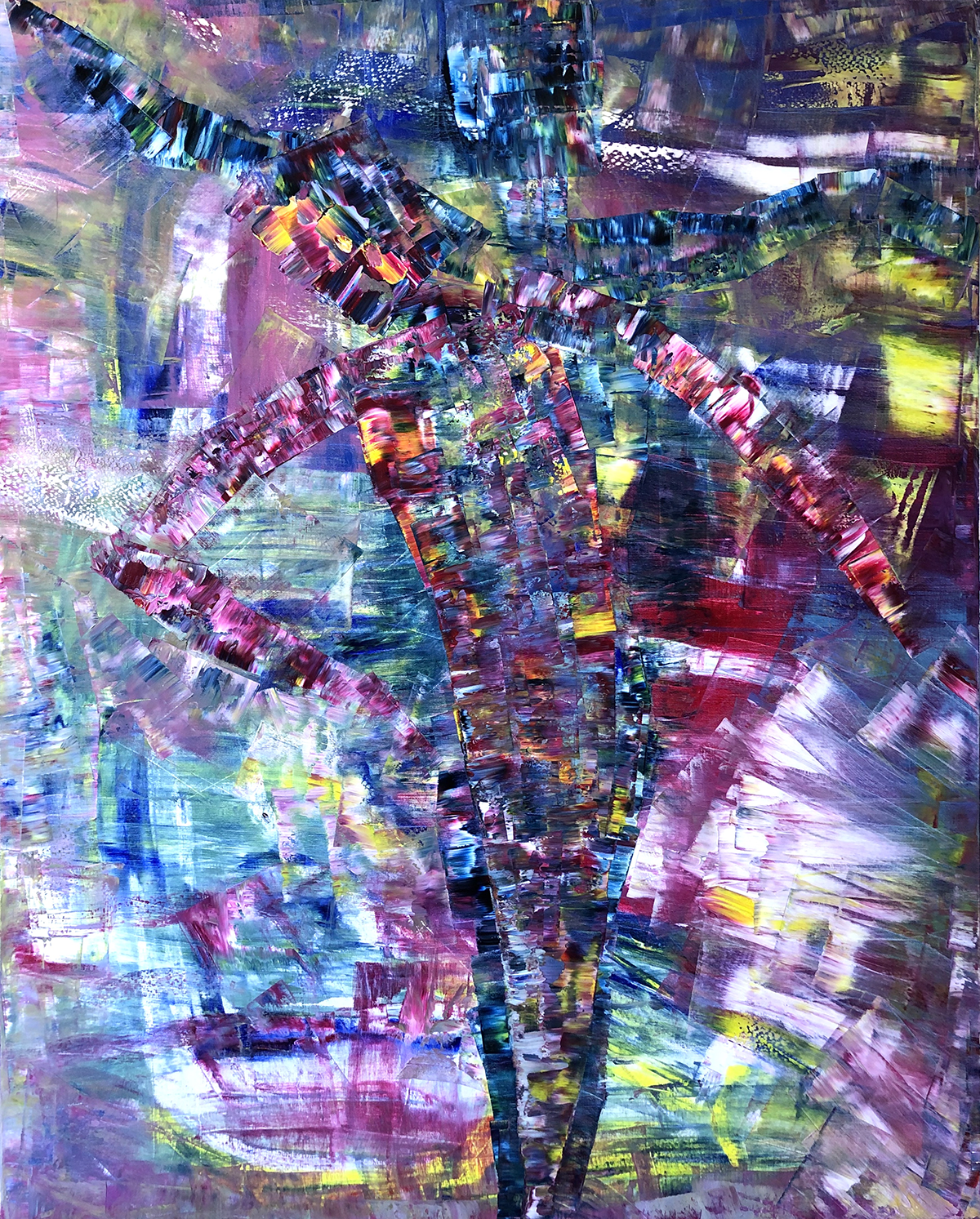
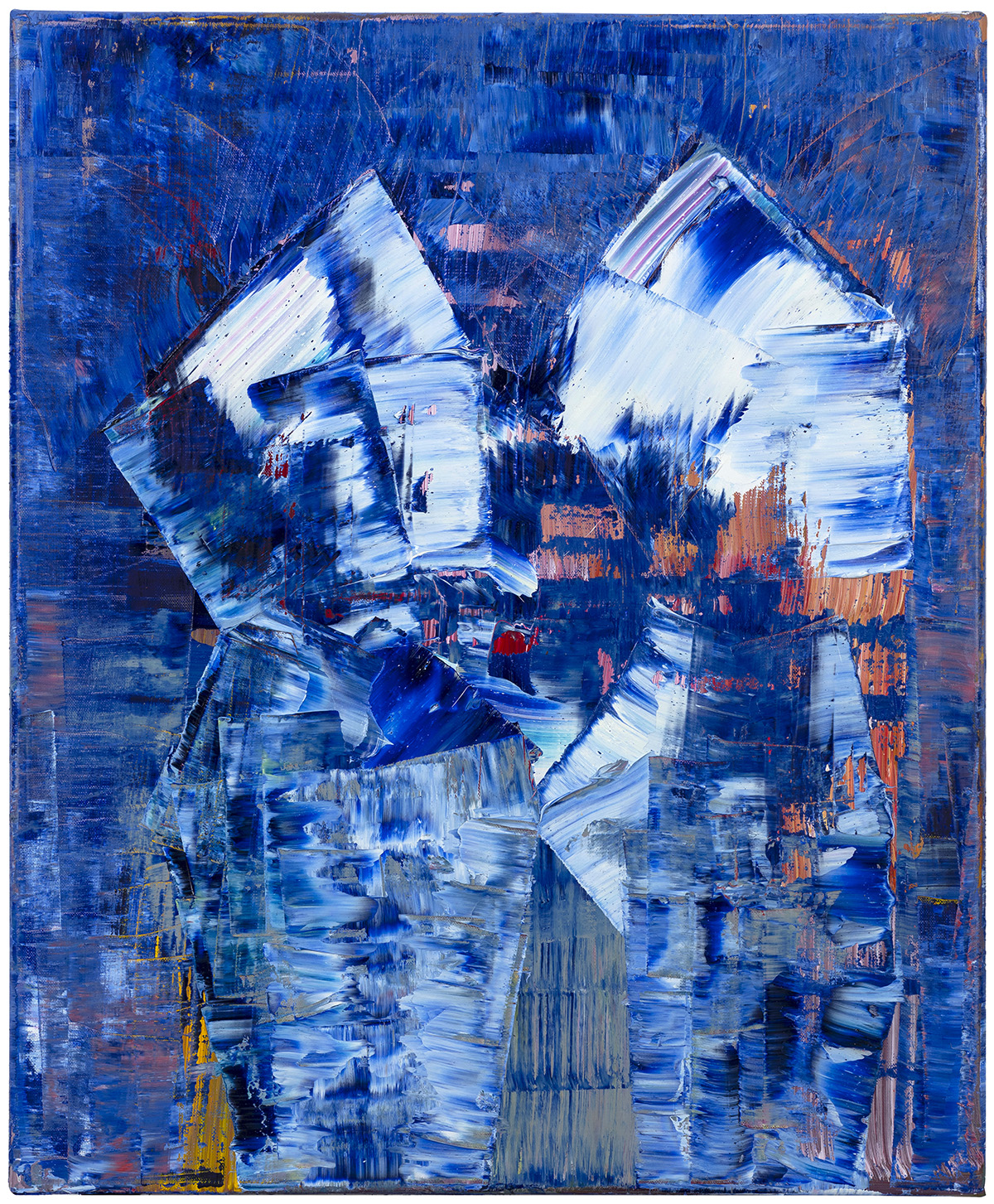
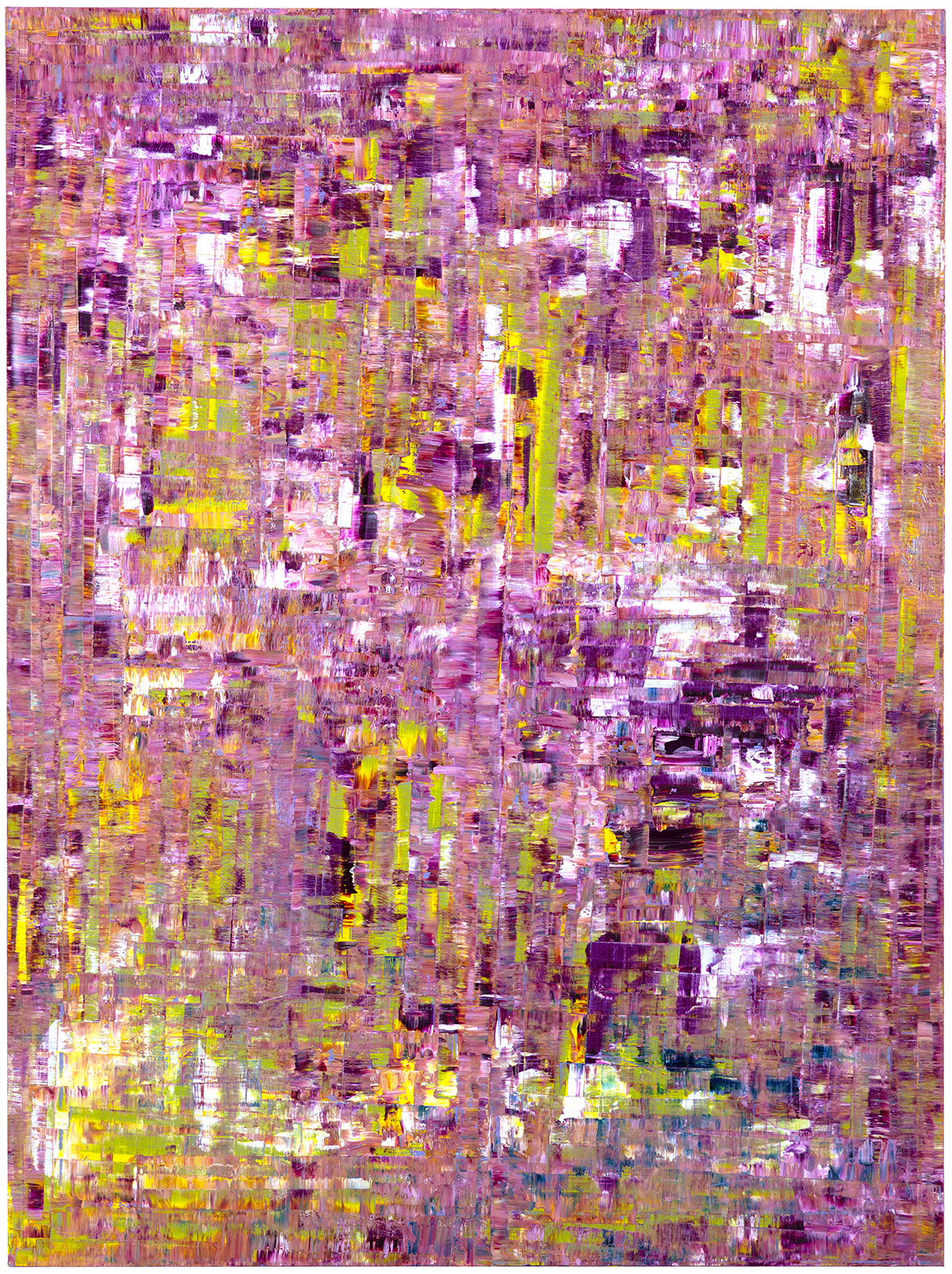
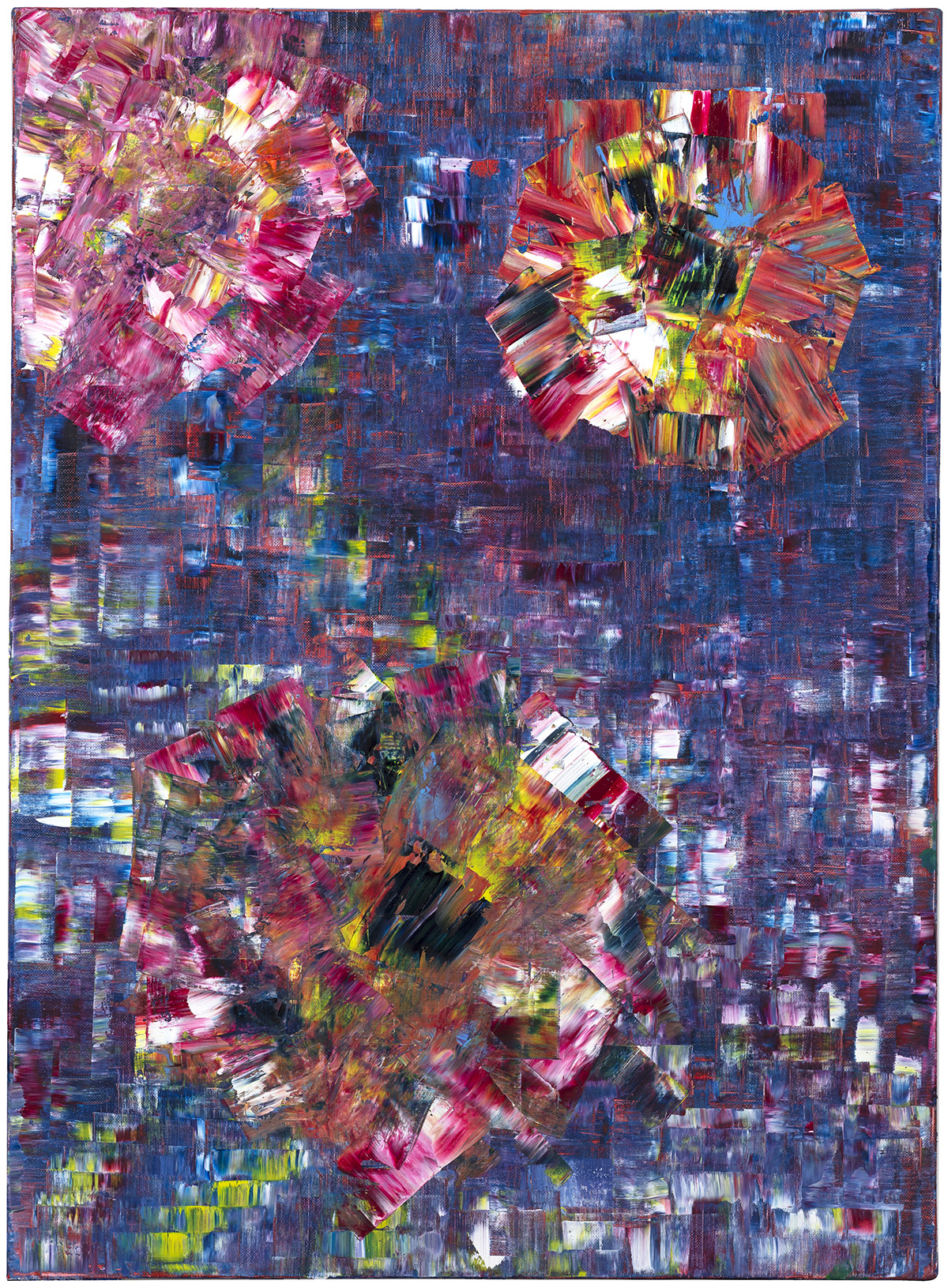



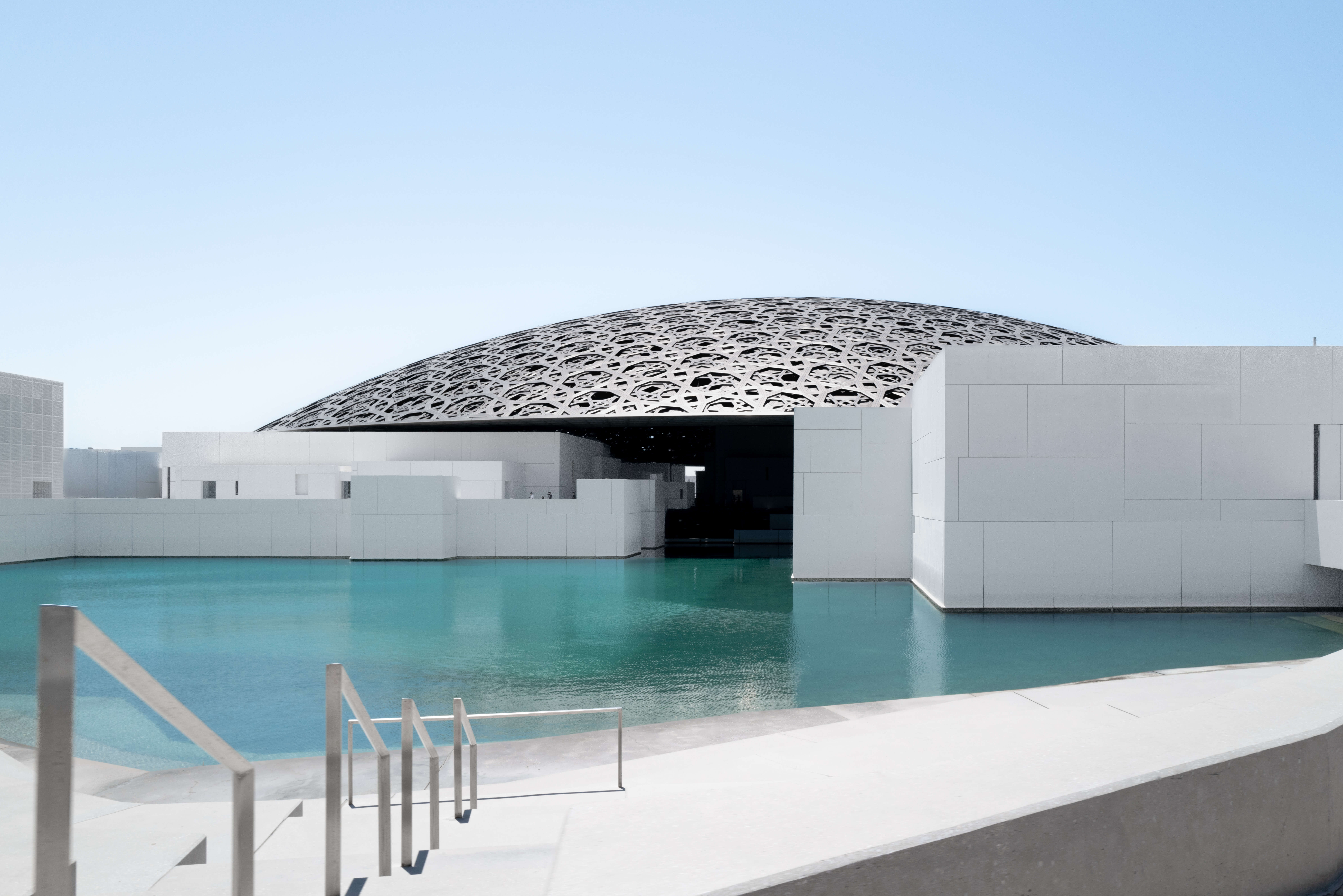

Recent Comments